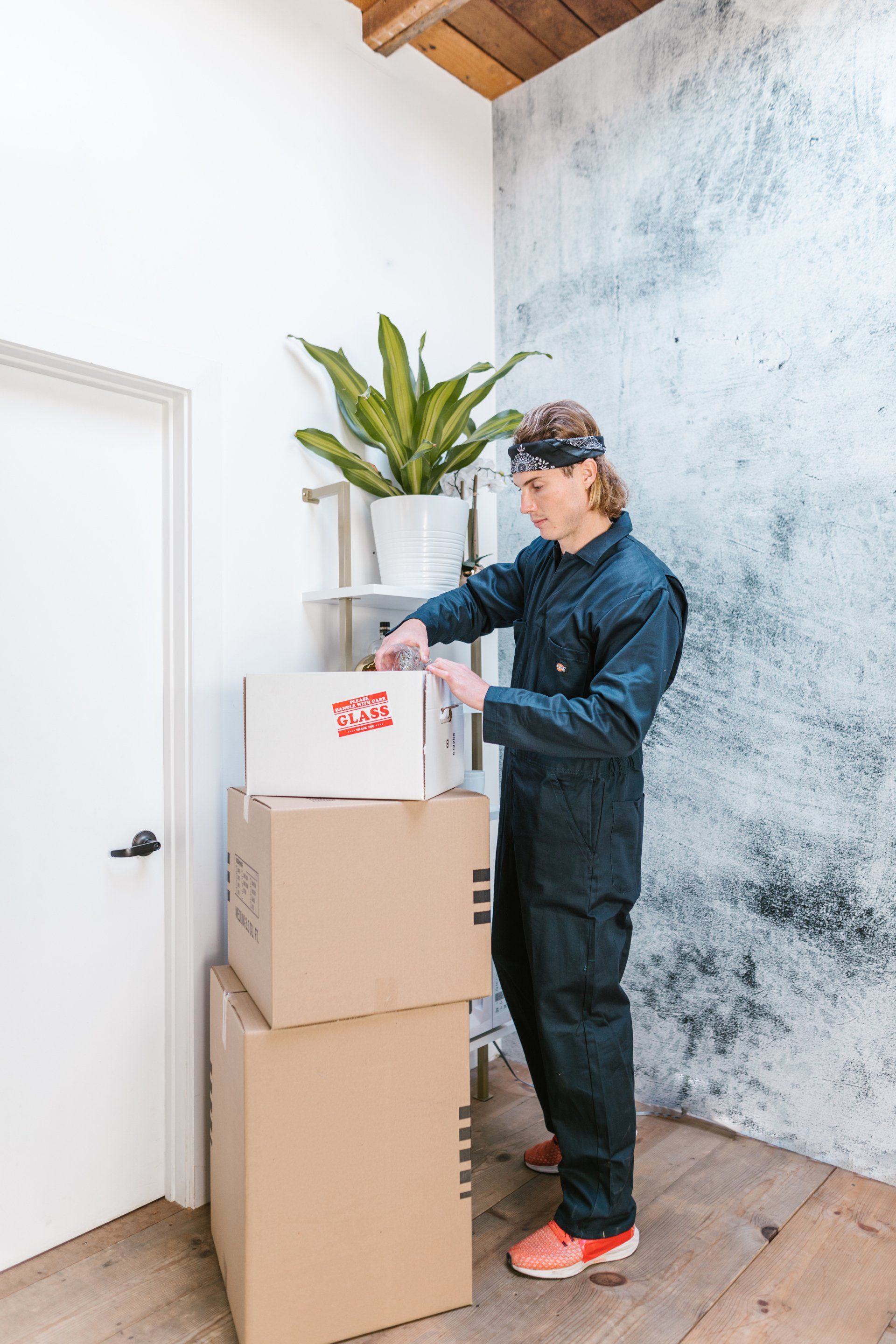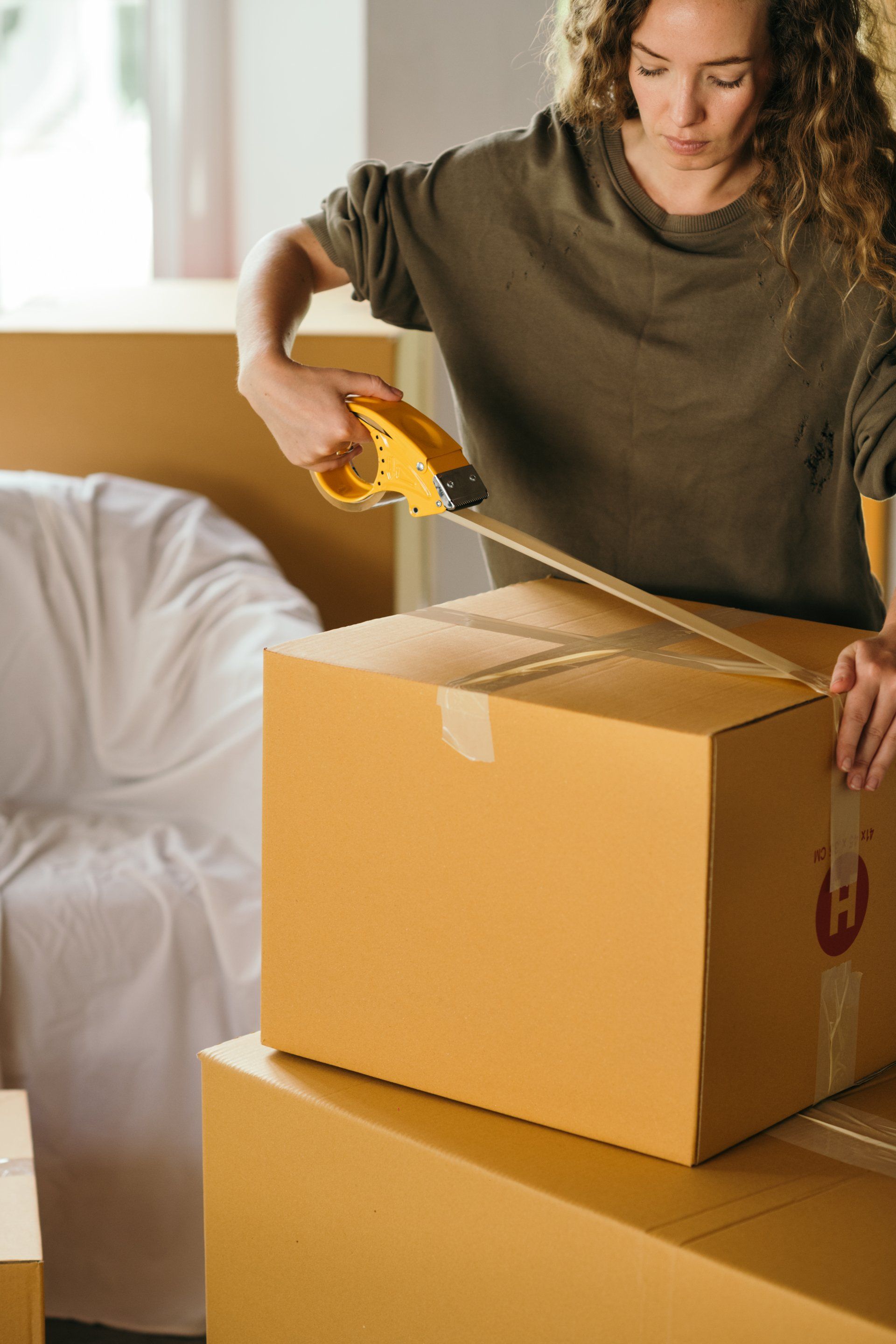Moving Made Easy: Essential Tips for Prepping Your Home for the Movers
Moving to a new home can be an exciting yet overwhelming experience. One of the key aspects of a successful move is ensuring that your home is properly prepared for the moving labor. From decluttering and organizing to protecting fragile items, there are several essential steps you need to take to ensure that the movers can efficiently and safely transport your belongings. In this comprehensive guide, we will provide you with all the essential tips and tricks you need to know to prepare your home for the movers. From creating a packing plan to securing important documents, we will walk you through the process step-by-step, so you can feel confident and reassured during this transitional period. So, let's dive in and make your moving process as smooth and stress-free as possible.
Why Prepare Your Home for The Movers
Understanding the Importance
Preparing your home for the movers is crucial in ensuring a smooth moving process. When movers arrive at a well-prepared home, they can work more efficiently, which saves time and reduces the cost of your move. Proper preparation helps prevent damage to your belongings by ensuring that fragile items are properly packed and heavy items are easily accessible. Additionally, it allows the movers to safely navigate through your home without the risk of injury or causing damage to the property. By clearly labeling boxes and organizing items by room, you also make unpacking at your new location much easier. This level of organization not only helps the movers but also provides you peace of mind, knowing that your possessions are accounted for and in good hands.
The Risks of Not Preparing
Failing to prepare your home for the movers can lead to a variety of problems that complicate the moving process. Without proper preparation, the risk of damage to your belongings increases significantly due to inadequate packing or items being left unprotected. Movers may also face difficulties in maneuvering heavy or bulky items through cluttered spaces, which can result in injury or damage to your home's interior. Time delays are another consequence, as movers may need to sort through unorganized items, which can also lead to increased costs. Additionally, without clear labeling and organization, the risk of losing track of your belongings or experiencing confusion during unpacking is high. Ultimately, neglecting to prepare can result in a stressful, chaotic, and costly moving experience, which can be easily avoided with some careful planning and organization.
The Ultimate Pre-Move Checklist
A Room-by-Room Guide
Tackling one room at a time is a strategic approach to packing. Start with the least used rooms, like guest bedrooms or storage areas, and work your way to the more frequently used spaces such as the kitchen and living room. In each room, sort items into categories: keep, donate, sell, or discard. Pack non-essentials first, like out-of-season clothes and decorative items, and gradually move to essentials as moving day approaches. Use sturdy boxes and cushioning materials for fragile items and ensure that boxes are not overweight. Label each box with its contents and the room it belongs to, which will be invaluable when unpacking. Finally, set aside a box for essentials you'll need on the first day in your new home, like toiletries, a change of clothes, and snacks, to avoid rummaging through boxes after a long moving day.
Handling Fragile Items
When packing fragile items, take extra care to ensure their safety during the move. Start by using the right materials: sturdy boxes, bubble wrap, packing paper, and strong tape. Wrap each fragile piece individually, providing ample cushioning to absorb shocks. For dishes and glasses, use dish pack boxes that come with dividers, and never stack plates flat—instead, stand them on their edges and wrap each one separately. Glasses should be filled with packing paper first, then wrapped on the outside. Mark these boxes with "Fragile" and "This Side Up" to alert movers of their contents. Electronics require special attention too; use original boxes if possible, or wrap them in anti-static bubble wrap to prevent damage. Finally, consider packing a personal box with your most precious fragile items to transport yourself, ensuring they receive the care and attention they deserve.
Tips for Large and Bulky Items
For large and bulky items, preparation is key to ensure they can be moved safely and without damage. Disassemble any pieces of furniture that can be broken down to make them easier to transport. Keep all screws and small parts in a labeled bag, and tape it to the corresponding item or keep it in a designated hardware box. Protect furniture surfaces with moving blankets or pads, and secure the padding with stretch wrap to prevent scratches and dents. When dealing with appliances, ensure they are clean and dry to avoid mold and unpleasant odors. If you have the original boxes for TVs or other large electronics, they are the best option for packing. Otherwise, use sturdy boxes that closely fit the item's size, and secure them well. Inform the movers of any items that require special handling, and if needed, hire specialists for items like pianos or artwork.
Professional Tips and Techniques
Packing Like a Pro
To pack like a professional, start by gathering quality packing materials. Choose boxes of various sizes but ensure they're durable enough to hold the weight of your items. Use heavy-duty packing tape for sealing boxes and a permanent marker for labeling. When packing, place heavier items at the bottom of the box and lighter items on top. Ensure that each box is packed snugly, with no loose items rattling around, using crumpled packing paper or towels to fill gaps. Remember that boxes should be easy to carry, so avoid overpacking them. For clothing, consider wardrobe boxes that allow you to hang items directly from your closet. Pack books flat to protect their spines, and use small boxes to avoid making them too heavy. By following these strategies, you can minimize the risk of damages and make the moving process more organized and efficient.
Effective Labelling Practices
Effective labeling is a critical component of a well-organized move. It not only assists movers in placing boxes in the correct rooms but also helps you locate items quickly when unpacking. Use a permanent marker to label each box with the room it belongs to and a brief description of the contents. If a box contains fragile items, clearly mark it as "Fragile" on multiple sides. Color-coding can also be an efficient way to identify boxes, using different colored stickers or tape for different rooms. Consider creating a master inventory list that corresponds to numbered boxes for an extra layer of organization. This way, you can easily check whether all boxes have arrived at your new home. For boxes with items you'll need immediately, label them as "Open First" to distinguish them from the rest. These simple practices can significantly streamline the process of settling into your new space.
Optimizing Space
Maximizing the space in your moving boxes and the moving truck is essential for an efficient move. Start by nesting smaller items inside larger ones when appropriate. For example, fill pots and pans with spices or kitchen gadgets. Use clothing, linens, or towels to wrap and cushion fragile items instead of packing them separately. This not only saves space but also provides extra protection for delicate belongings. When loading the moving truck, place the heaviest and largest items on the bottom and towards the front of the truck to maintain balance during transit. Fill in gaps with boxes and smaller items to make the most of the available space and prevent shifting. Remember to keep items you'll need first at the front of the truck or in an easily accessible spot. By optimizing space, you'll reduce the number of trips or the size of the moving truck needed, potentially saving time and money.
Creating A Seamless Moving Day
Working with the Moving Crew
A successful moving day is often the result of good communication and collaboration with the moving crew. Before they arrive, ensure there is clear access to your home and a space for the moving truck to park. Walk the crew through your home, pointing out items that need special care or are not to be loaded onto the truck. Be available to answer questions and give direction, but also allow the movers to do their job without unnecessary interruptions. Clear labeling and your inventory list can help the crew quickly understand where each box and piece of furniture goes, facilitating efficiency. Establish a friendly rapport and trust in their expertise; these professionals are trained to handle your belongings with care. If you've done a thorough job prepping, the movers can work at their best, ensuring a smooth transition from one home to the next.
Final Checks Before Departure
Before the moving truck pulls away, it's vital to conduct a final walk-through of your home. This is the time to ensure nothing has been left behind. Check all closets, drawers, and shelves for any overlooked items. It's also important to verify that all appliances and utilities are switched off, and windows and doors are securely locked. Confirm that you have all necessary documents and valuables with you, rather than packed away in the truck. Take a moment to check in with the moving crew to make sure everything that should be loaded has been, and that they understand the directions to your new home. Double-check the inventory list as the movers finish loading to make sure all items are accounted for. These final checks help prevent last-minute surprises and set the stage for a successful arrival at your new residence.
Ensuring A Stress-Free Start in Your New Home
To ensure a stress-free start in your new home, plan ahead for the first few hours and days after the move. Prepare an "essentials" box with items like toiletries, medications, chargers, snacks, and a few changes of clothes. This box should be the last to load and the first to unload. Once you arrive, do a quick inspection of the new place to check for any pre-existing damage and to ensure utilities are functioning. As the movers unload, guide them to the correct rooms, based on the labels on your boxes. Don't worry about unpacking everything immediately; instead, focus on setting up key areas like the bathroom, kitchen, and bedrooms. Make sure your furniture is placed where you want it before the movers leave, as it will be harder to move later. Taking these steps can make the transition to your new home smoother and less overwhelming.
Ready to move?
We’re here to help!
If you're planning a move and feel ready to take the next step, reach out to Makin Moves today. We're here to make your transition as smooth and stress-free as possible. Our dedicated team is ready to tailor our services to your unique needs and provide the support you need during this important stage of your life.



BUSINESS HOURS
Monday: 9AM - 7PM
Tuesday: 9AM - 7PM
Wednesday: 9AM - 7PM
Thursday: 9AM - 7PM
Friday: 9AM - 7PM
Saturday: 9AM - 7PM
Sunday: 9AM - 7PM








